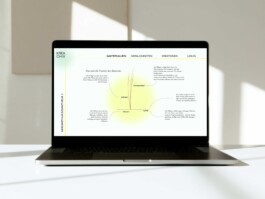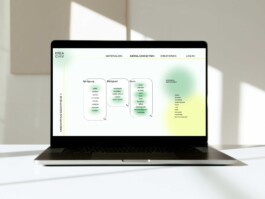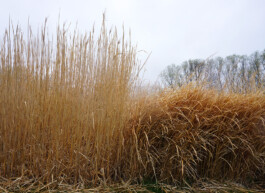
acreage at the campus Klein Altendorf

miscanthus gigantheus

GIANTREEDY
Carla Wirths
GIANTREEDY ist eine experimentelle und theoretische Studie über den gestalterischen Einsatz von Schilfgras. Die Arbeit beschäftigt sich damit, wie Gestalter*innen vergleichsweise junge, nachwachsende Rohstoffe niederkomplex verarbeiten, kennenlernen und in ihren Designprozessen vermehrt berücksichtigen können. Somit entsteht eine kollaborative Plattform - das KREACHIV - auf welcher experimentelle Verarbeitungswege geteilt und nachvollzogen werden können. Verschiedene Artefakte zeigen bei dieser Arbeit das vielseitige Potenzial des Werkstoffes Schilf auf. Die Arbeit kann als impulsgebende Momentaufnahme verstanden werden.
GIANTREEDY is an experimental and theoretical study on the design use of reed grass. The work deals with how designers can process comparatively young, renewable raw materials in a low-complexity way, get to know them and take them more into account in their design processes. This creates a collaborative platform - the KREACHIV - on which experimental processing methods can be shared and understood. In this work, various artifacts demonstrate the versatile potential of reed as a material. The work can be understood as an impulse-giving snapshot.

research laboratory of the University of Bonn at the Klein Altendorf campus
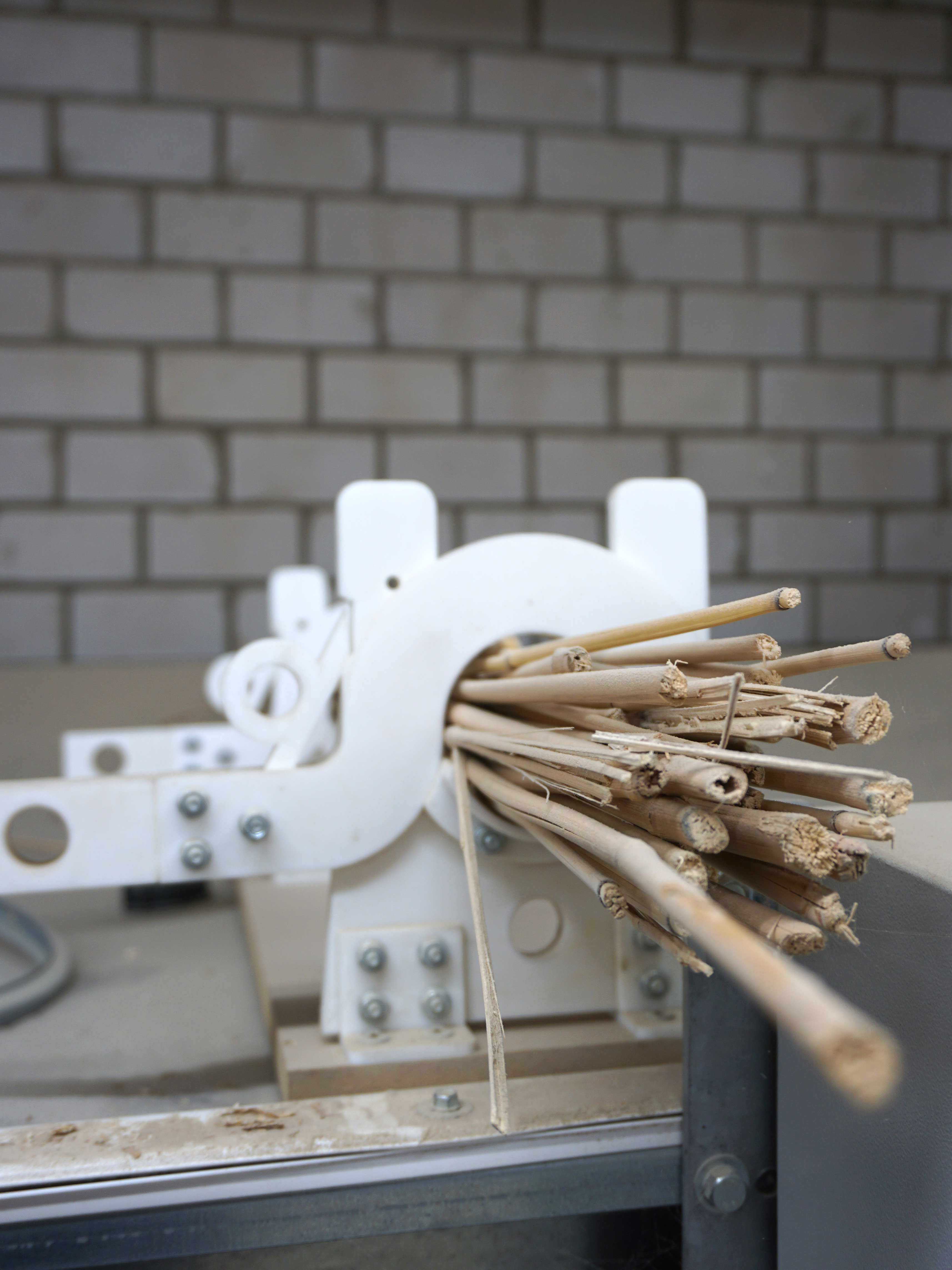

experimenting at the MSD workshop
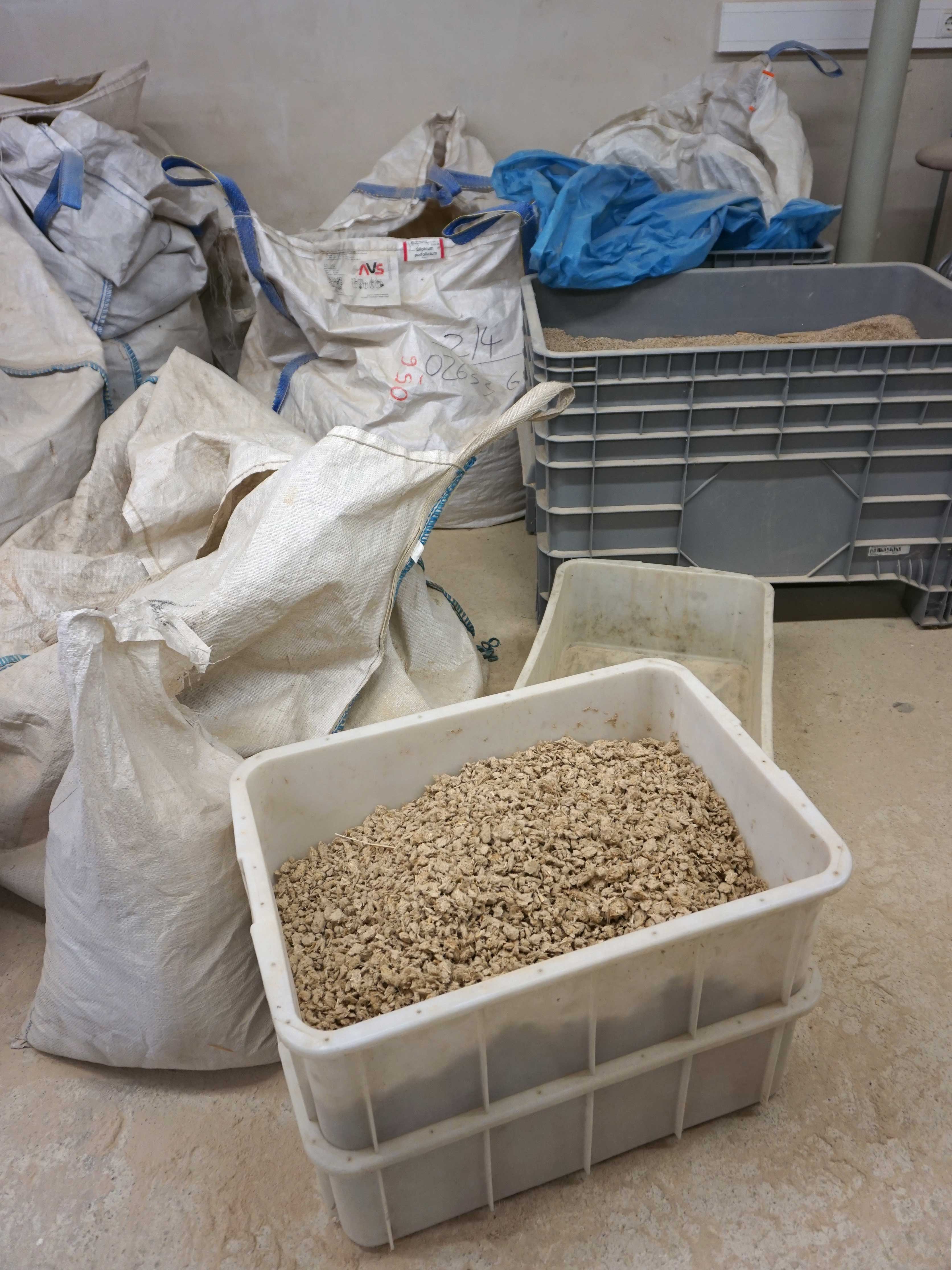
research on construction materials

fibre extraction

Meine Bachelorarbeit beschäftigt sich mit dem Schilfgras Miscanthus Giganteus. Da dieser Rohstoff mit einem beeindruckenden Ertrag, einer positiven Klimabilanz und vielfältigen Einsatzmöglichkeiten aufwartet, lohnt es sich, ihn auch unter dem Aspekt des Produktdesigns zu betrachten. Gerade in Zeiten der Ressourcenknappheit wird deutlich, dass unsere Gesellschaft ihre bisherige Produktkultur überdenken muss. In diesem Zusammenhang kann Miscanthus in Zukunft eine interessante Alternative zu herkömmlichen Materialien bieten. Im praxisorientierten Prozess meiner Arbeit werden Möglichkeiten der ressourcenschonenden und ortsnahen Nutzung des Schilfs erarbeitet. Der Fokus liegt darauf, die materialspezifische Ästhetik von Miscanthus zu definieren und bei der Produktgestaltung zu berücksichtigen. Das Ergebnis sind verschiedene, leicht herstellbare Artefakte, die das technische, ästhetische und ökologische Potenzial des Materials vereinen. Um die Verwendung von pflanzlichen Rohstoffen und die damit verbundenen Veränderungen in der Materialästhetik und Produktionsweise greifbar zu machen, wurde eine Website konzipiert, auf der Experimente eingegeben und Ideen ausgetauscht werden können. Über einen Konfigurator kann nach verschiedenen Kriterien in den Kategorien Form, Funktion und Leistungsfähigkeit gesucht werden.
in Zusammenarbeit mit dem Forschungsteam der Landwirtschaftlichen Fakultät der Universität Bonn unter der Leitung von Prof. Dr. Ralf Pude
My bachelor thesis deals with the reed grass 11Miscanthus Giganteus". Since this raw material has an impressive yield, a positive climate balance and diverse application possibilities, it is worthwhile to also examine it from a product design perspective. Especially in times of resource scarcity, it becomes clear that our society needs to rethink its current product culture. In this context, miscanthus can offer an interesting alternative to conventional materials in the future. In the practice-oriented process of my work, possibilities of the resourcesaving and local use of the reed are worked out. The focus is on defining the material-specific aesthetics of miscanthus and taking them into account in product design. The results are various artifacts that are which are easy to produce and which combine the technical, aesthetic and the technical, aesthetic and ecological potential of the material. In order to make the use of plant-based raw materials and the associated changes in material aesthetics and production methods tangible, a website was designed on which experiments can be entered and ideas exchanged. Using a configurator, it is possible to search for different criteria in the categories of form, function and capability.
in cooperation with the research team of the agricultural faculty of the University of Bonn under the direction of Prof. Dr. Ralf Pude

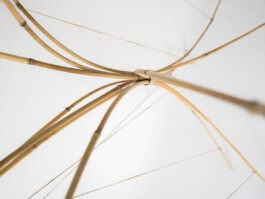

monomaterial connections

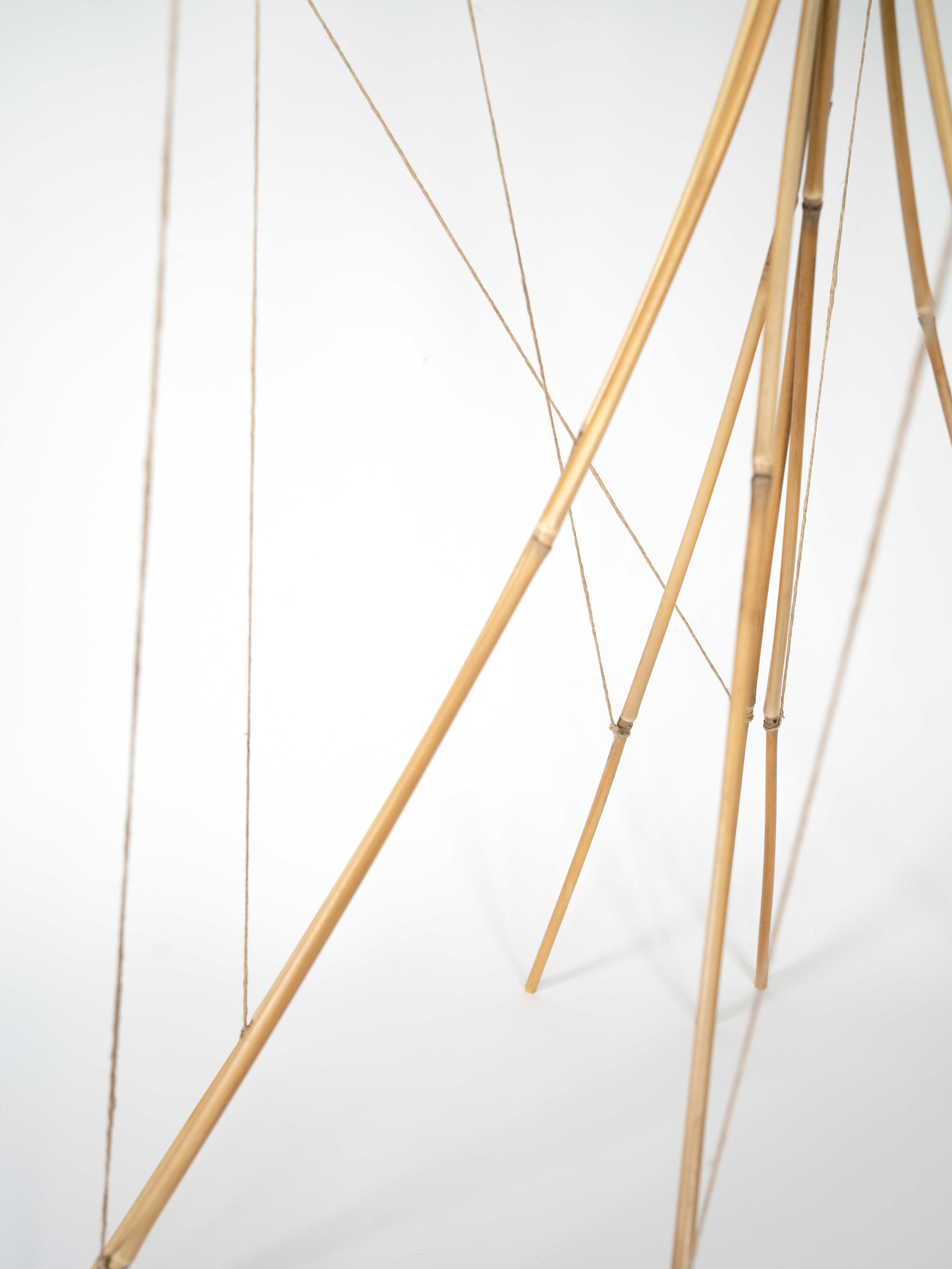

web archive
